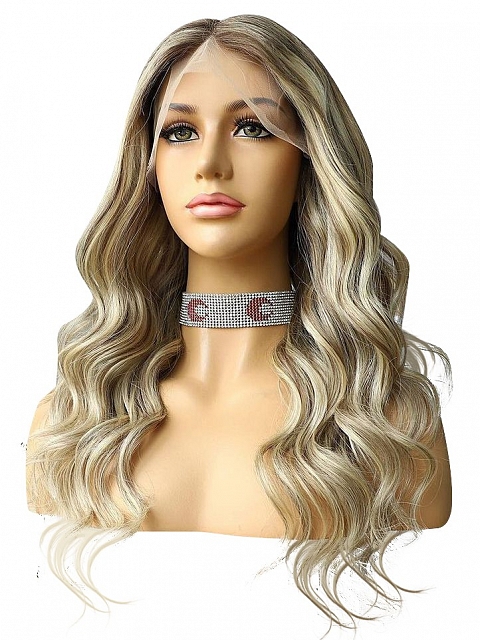Background Intro
Is your hair healthy? Perhaps when you look in the mirror you think your hair looks fine, but in fact it may have become very brittle. People can experience hair breakage that affects all types of hair from straight to curly. Our hair is composed of the medulla, cortex and cuticle. The outermost layer is the cuticle, which is scaly in shape. The cortex is the main component of hair. The innermost layer is known as the medulla. However, the hair surface may inevitably be attacked by external substances. When the cuticle is damaged and cracks appear, leaving the cortex exposed, the hair will be damaged.
What exactly is hair damage?
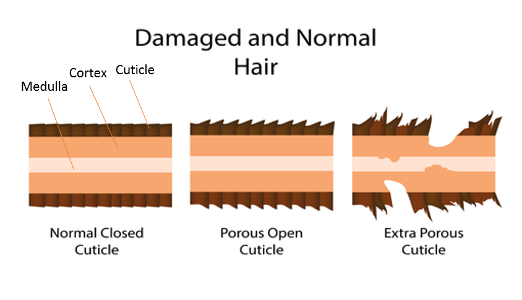
We know that the cuticle is scaly and if it is damaged, it is lifted up. At this point, the hair will feel a little curly and frizzy to the touch, or even appear. The cortex loses nutrients as it loses the protection of the hair surface and is exposed to various outside substances. This can cause the hair lose its luster, have no elasticity, and have thinning ends. Even worse, if the scalp follicles are damaged, the hair becomes very susceptible to breakage, has a rough surface texture and is completely lackluster. In addition, if hair is often tangled in clumps and difficult to separate, it may also be damaged due to lack of moisture and oil. Heavily damaged hair is difficult to repair and cannot be fully restored to a healthy state even after treatment. Therefore, we need to give more attention to hair damage in our daily life.
What are the types of hair damage?
Hair is easily damaged and the damage manifests itself in different ways. There are four main types of hair damage. You can use the following description to determine which type of hair damage you have.
#1 Split ends
The most common of all types of hair damage is splitting. It makes the hair look messy and untidy. This type of hair is often irritating and frustrating. You will notice that the hair strands split from one into two finer ends or multiple ends. Since the ends of the hair are easily damaged and broken, the fine ends become more susceptible to damage. Hair splitting can take many forms, such as it can have many branches like a tree, or cause cuticles to fall out. These branches "rob" the hair of the nutrients it needs, making split ends look lifeless compared to healthy hair.
#2 Rough Texture
The second type of hair damage is when the texture of your hair becomes unsmooth. You can use your sense of touch to identify if your hair has become coarse. Thread your hair through your fingers and run your fingers gently along the hair to feel if the strands are bumpy or uneven. You can also lower your head and let your hair hang down, stroking it carefully from the bottom up. If you feel that your hair is easy to comb, then congratulations, your hair is healthy; conversely, if your fingers feel tiny friction, then the bad news is that your hair is already damaged.
#3 Dull hair
When the cuticle is cracked, the cortex is also damaged. Dull hair is often due to a lack of moisture. When the cortex is exposed to the air, some of the nutrients it absorbs are taken away and the hair loses its shine. We recommend adding some conditioning oils to your hair after shampooing to add some shine to your hair as appropriate. It is important to note that over-conditioned or over-styled hair can also lead to moisture loss. Your hair may also look dull if you wash it too often. Usually, most permed and dyed hair is dull compared to healthy hair.
#4 Dry, unruly hair
One morning you may wake up and find your hair in a mess. If this happens to you regularly, then you should think carefully about what you have done to it. Did you control the temperature of your hair dryer? Did you brush it properly after blowing it out? Or, do you use hair care products after you clean your hair? Do you sleep with a good pillow material? If the answer to any of these questions is "no", then chances are your hair is damaged. You should pay more attention to your hair. Otherwise, your hair will not return to a healthy state.
#5 Thinning hair or hair loss
Thinning hair may be due to hair that breaks easily or damaged scalp follicles. Of course, some people are born with hair that is not very thick.Thinning hair looks thin, small, and not as tough. Hair loss (alopecia areata) is hair that falls out from the roots and grows more slowly than it sheds. This type of hair damage is the most serious condition. You may need to go to a hospital for professional treatment or use professional equipment at home to restore hair growth.
Related: What Makes Hair Toppers The Wonderful Choice For Thinning Hair?
Hair Loss In Women: What Causes It And How To Solve It
What causes hair damage?
Many people experience hair breakage or other hair damages and it can happen for a ton of reasons. There are four main reasons, check them out!
#1 Environmental damage

- Sun. Stronger UV Rays Are Known To Damage The Skin. This Is Because It Can Penetrate The Top Layer Of The Skin And Affect The Activity Of The Underlying Cells. Similarly, UV Radiation From The Sun Can Invade The Stratum Corneum And Reach The Cortex To Cause Damage To It.
- Wind. Naturally, Wind Is Also A Factor Beyond Our Control. When Your Hair Is Blown Repeatedly, You May Not Know That It Is Going Through An Ordeal. The Movement Of Air Can Cause Friction In The Hair And Also Cause Collisions Between Hair Strands. At First You Don't Think About It, But Over Time, Your Hair Will Become Thinner. This Is Because Friction Weakens The Thickness Of The Cuticle, Making It Thinner And More Vulnerable To Damage.
- Chlorine. One Other Common Factor That Damages Hair Is Chlorine. Most People Are Not Aware Of Chlorine, But It Is Present Almost Every Day. It Is Not Only Found In Swimming Pools, But May Also Be Present In Some Water Sources. Chlorine Is A Bleaching Agent, And If You Are Exposed To This Substance For A Long Time, It Can Corrode The Cuticle And Eventually Dissolve The Medulla, Causing Hair To Fail To Grow.
#2 Mechanical damage
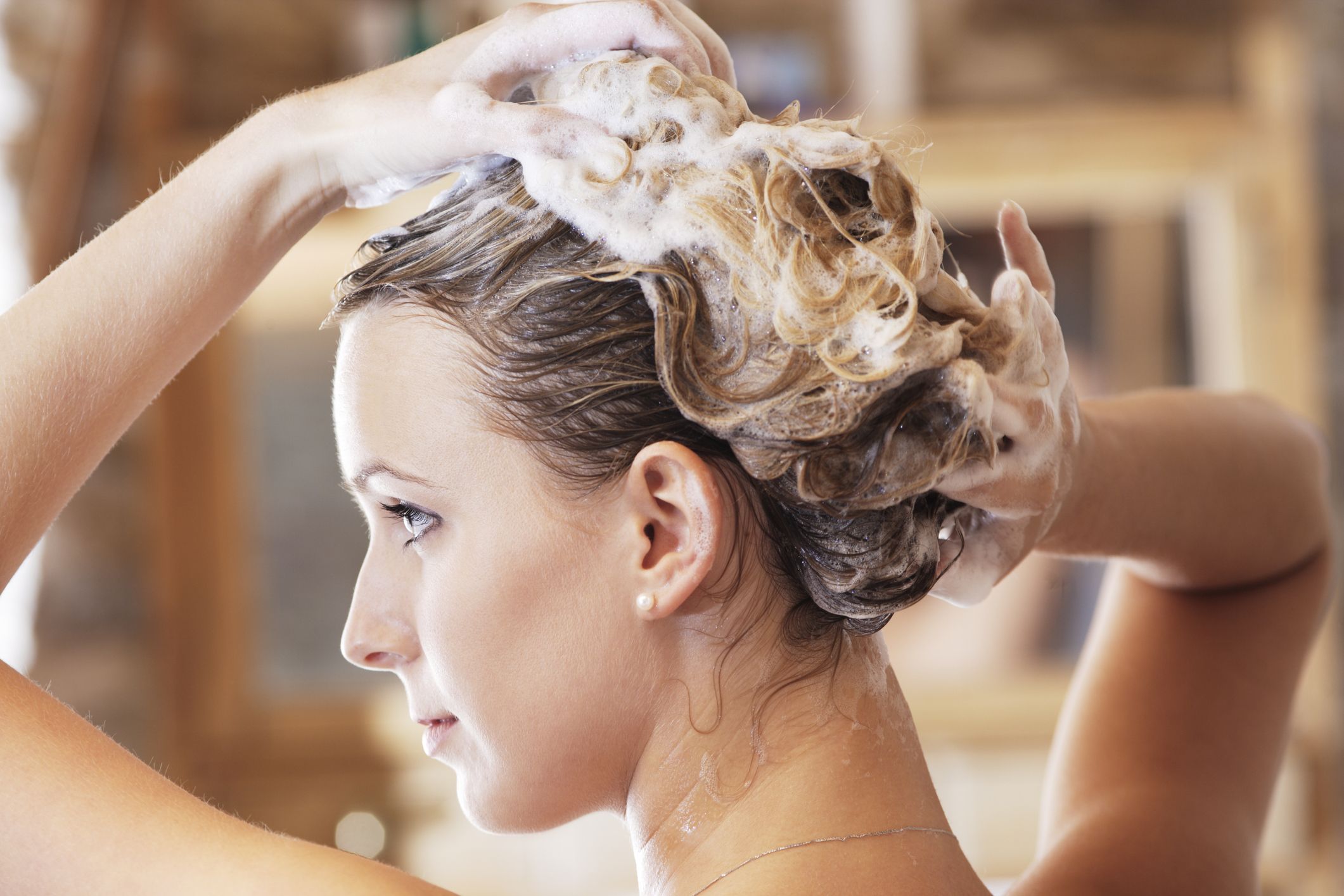
- Hairstyle. Some Hairstyles May Damage Your Hair. Such As High Ponytails, Tight Top-Knots, Braids Near The Hairline, Teased Bouffants, Styling Damp Hair, Etc. All Of These Hairstyles Can Tighten The Hair To Varying Degrees. As The Hair Is Overstretched And The Strength Exceeds The Tenacity Of The Hair, It Can Break Down The Middle And If The Scalp Follicles Are Irritated, The Roots Can Be Pulled Up, Causing A Separation Between The Cuticle And The Cortex, Which Can Cause Localized Hair Loss.
- Habit. Bad Personal Habits Can Also Lead To Hair Damage. You Should Try To Avoid Behaviors Such As Rubbing Your Hair And Scalp With Great Force When Washing Your Hair; Not Using Conditioner Or Other Hair Care Products After Cleaning Your Hair; Using A Rough Towel To Dry Your Hair; Aggressive Brushing Your Hair While It Is Wet, Etc.
- Styling Tools. In Addition, Some Styling Tools (Blow Dryer) Can Also Damage Hair. If You Use A Brush Or Comb That Is Not Suitable For Your Hair Type, Your Hair Is Likely To Break. From Time To Time, You See Barbers Using Razors To Achieve A New Style And Recommending That Clients Utilize Razors To Trim Their Hair On The Grounds That Shaving Will Cause Hair To Grow Faster. In Fact, This Practice Is Wrong. Razors Will Not Do Your Hair Any Good And Will Cause Many Split Ends To Appear.
#3 Thermal damage
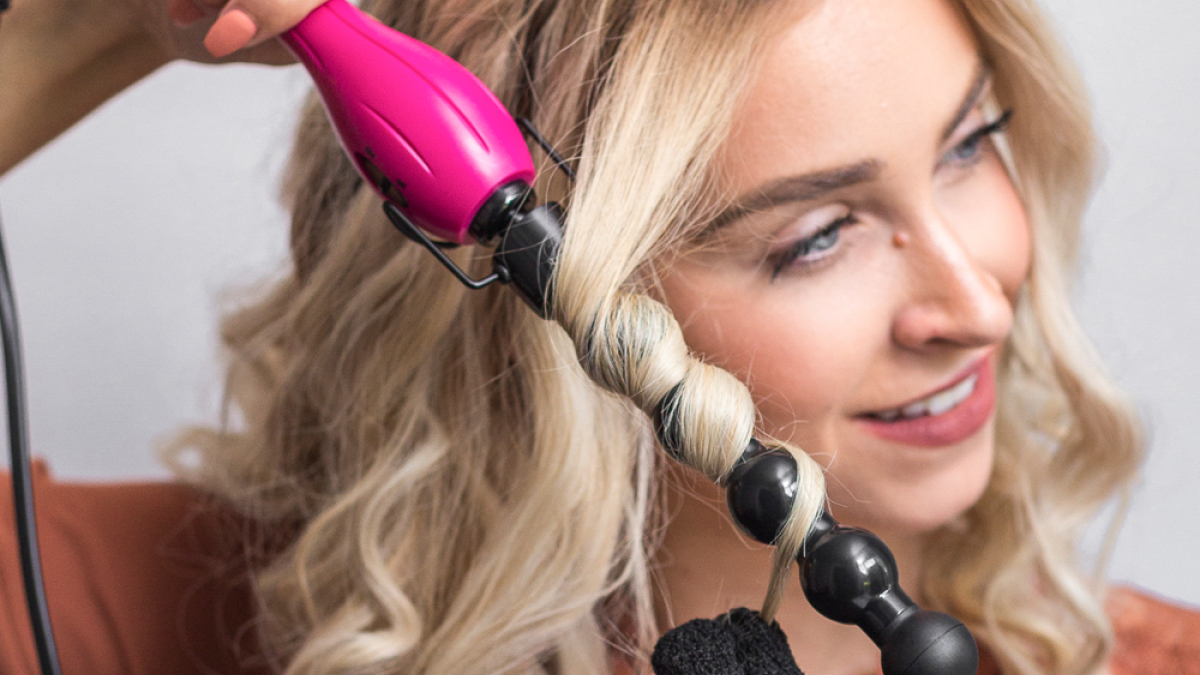
- Heat Tools (Like Curling Iron). Everyone Should Be Aware That Hair Can Be Damaged When Exposed To Heat. Frequently Using Heat On The Hair Can Damage The Hair Shafts And Remove The Moisture From The Hair, Which Can Cause Brittle Hair And Hair Breakage. Styling With Heat Can “Cook” Hair Fibers. As A Result, Your Hair Does Not Get Enough Nutrients And Becomes Dry.
- Water Temperature. When You Wash Your Hair, It Is Best To Use Warm Water. Hair And Scalp Are More Fragile Than Your Skin. Therefore, You May Want To Lower The Temperature Appropriately To Avoid Scalding The Hair Surface And Damaging Your Hair With Heat.
#4 Chemical damage
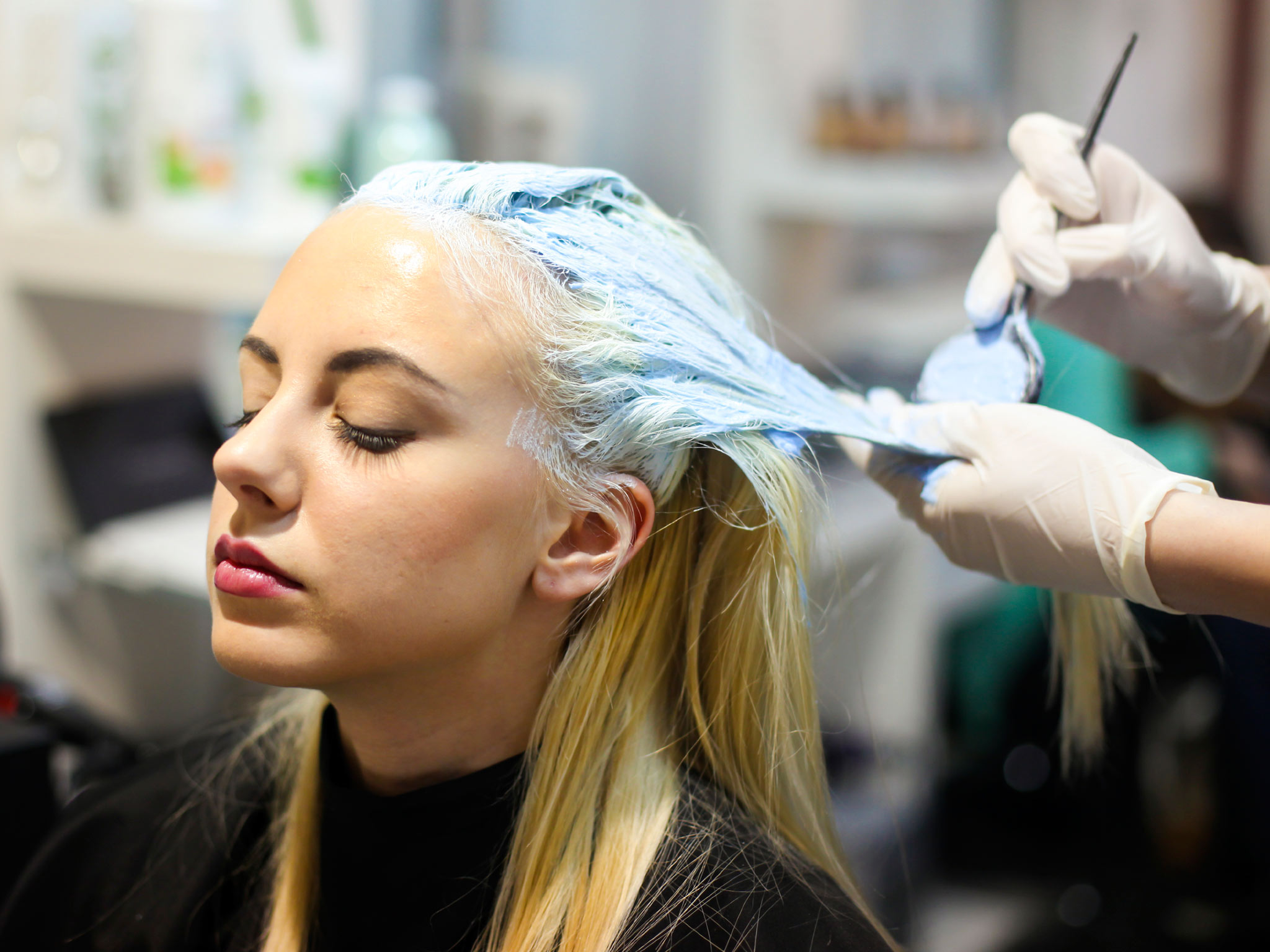
- Dyes. The Chemicals Used To Deposit Color Are Common. They Use A Combination Of Developer, Ammonia And Dye To Open The Hair Cuticle And Deposit Color On The Cortex Of The Hair. The Main Cause Of Damage To The Cortex Is The Ammonia Content In These Products. High Concentrations Of Ammonia Will Cause More Damage Than Low Concentrations Of Ammonia.
- Bleaches. Harsh Chemicals Like Bleach Can Break Down The Bonds Of The Hair, Making It Weaker And Thus More Prone To Breakage. Bleaches Are Used To Remove Color From Leather. Hair Lighters That Use Highly Concentrated Developer Are Left In The Hair Too Long And Can Damage The Hair, Causing It To Fall Out All Over.
- Texturizers. These Products Are Often Referred To As Perms, Hair Texturizers, Straighteners And Relaxers. Hair Stylists Use These Texturizers And Flat Irons To Reshape The Hair. This Process Opens The Cuticle And Allows The Chemicals To Interact With The Cortex. This Will Permanently Change The Shape Of The Cortex.
How to treat damaged hair?
Well, achieving and maintaining healthy hair without breakage is not easy. We have summarized some very effective and easy ways to help you regain healthy hair. To prevent future hair breakage and damage, consider the following hair care treatments:
#1 Avoid prolonged UV radiation

The UV rays are not so friendly to hair, especially in the summer. Physical sun protection is the most effective way to block UV rays, so it's a good idea to keep your hair covered up. Wearing a hat can be the solution. If you like to show off your hair, wigs and toppers can be your first choice. Wigs that use human hair are easier to style, cut, and dye. However, these wigs usually require more maintenance than synthetic hair. Generally, human hair will be more expensive than other types of materials. High-quality wigs and hair toppers have good breathability, and you don't have to worry at all about your scalp feeling stuffy. In addition, applying sunscreen or other UV protection to your hair before you go out is also a solution.
Related: How To Choose Your First Human Hair Wig?
The Most Comprehensive Guide For Hair Toppers 101
#2 Guard against strong winds
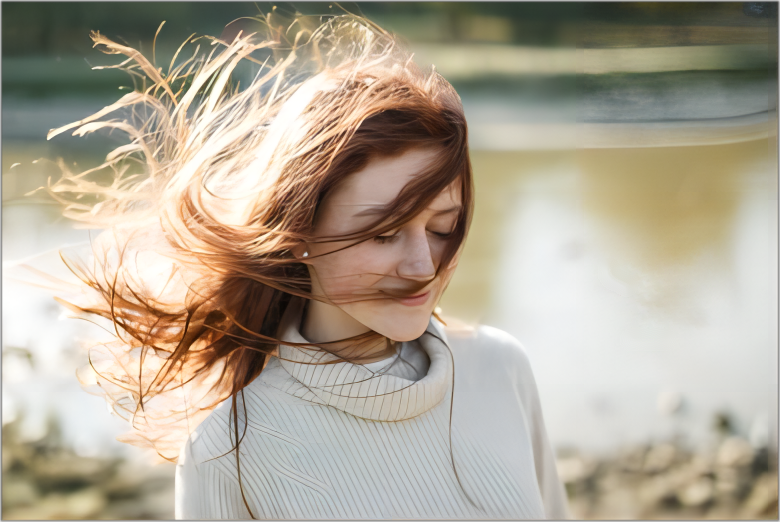
When it's windy, you're better off driving to work or wearing a helmet while riding. This will reduce the friction of the air on your hair. Remember to tie your hair up when you go out to prevent it from getting tangled in the wind.
#3 Limit chlorine exposure

If you like to swim, make sure you have hair care products on hand ahead of time. The sanitized water in pools contains chemicals such as chlorine that can damage your hair. You can wet your hair in the shower or douse it with tap water and apply some conditioner. The conditioner will create a barrier so that chlorine cannot easily invade the cuticle. You can also wear a swim cap and try to avoid immersing your hair in water. Using shampoo and conditioner after swimming can protect hair from damage.
#4 Change your hairstyle

Changing your hairstyle may result in healthier hair. Try lowering your high ponytail or simply wearing it down. Don't wear too tight braids, loose style are also beautiful. If you really like braiding your hair, consider using a wig or a topper instead of your own hair. Human hair wigs and synthetic wigs have their own advantages, and you can also trim, style or color it according to your personal preference. Toppers with mono bases, lace bases and silk bases are also great choice for damaged hair.
Related: 32 Heart-Thumping Valentine's Day Hairstyles For 2023
34 Superb Holiday Hairstyles To Glitter In All Festivities
#5 Wash your hair properly
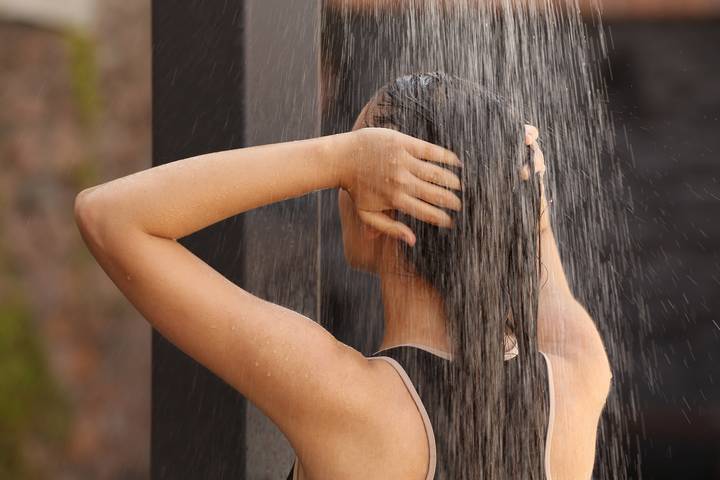
Control the strength and frequency of washing your hair. Gently massage your scalp and hair with your fingers and do not scratch your scalp with your nails to avoid scratching. If your hair is dry, we recommend that you wash your hair once a week; if it is oily, three to four times a week is more appropriate. Washing too often can prevent the oils from nourishing the entire length along the hair shaft. Hot water will take oils out of your hair, which can make your hair feel drier and also cause your hair color to fade prematurely. So the next time you wash your hair, turn the water down and rinse your hair with lukewarm water. An aggressive shampoo can remove your hair's natural oils. This can cause frizzy hair. So, look for a more moisturizing shampoo and try an apple cider vinegar (ACV) rinse.
#6 Hydrate and moisturize

Getting deep hydration into the hair shaft is an easy way to protect your hair from further damage and treat hair breakage. Use a deep conditioner to prevent hair breakage. A leave-in conditioner (or hair oils/mask) will make your hair smoother, softer and lock in moisture and shine compared to a regular conditioner. To boost the odds of better hair health , make sure you choose the right haircare products for your unique needs. For fine, thin and oily hair types, look for light moisturizers like aloe vera juice and glycerin. Meanwhile, those with coarse, thick and dry hair may prefer rich moisturizing ingredients like coconut oil and fatty acids. It's in your best interest to skip potentially harsh ingredients like sulfates and drying alcohols.
#7 Ditch the bath towel

Using a bath towel or other cotton towel to dry your hair is not a wise approach. Cotton towel has a somewhat coarse texture that can cause hair breakage, frizz or make hair brittle. When your hair is in a very fragile state after washing, we recommend using a microfiber towel or T-shirt to wipe your hair. This fabric is gentler, softer and more absorbent, which helps dry your hair quickly. You can also let your hair air dry.
#8 Stop brush wet hair
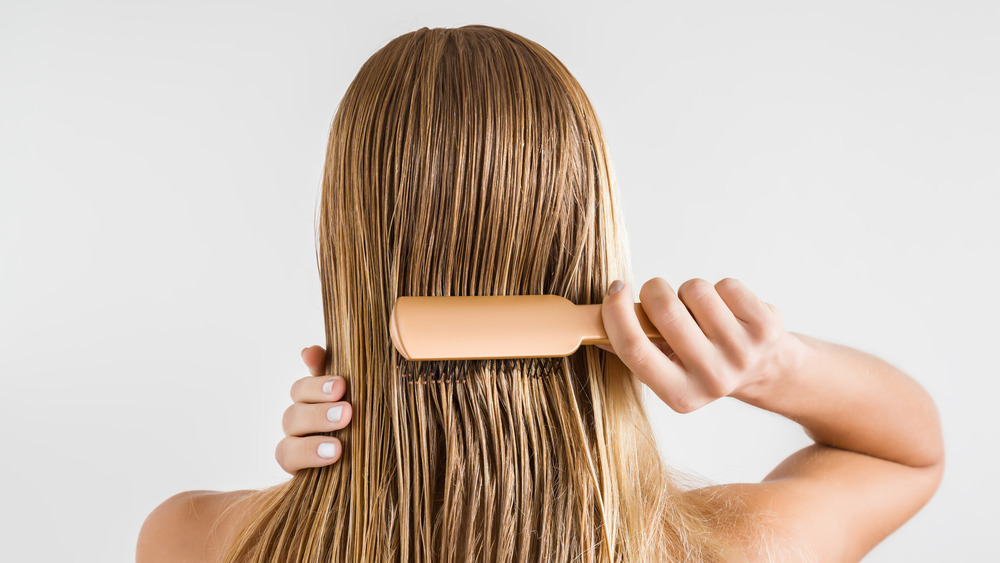
Once the hair comes in contact with water, the shaft swells and is pulled by the water. This causes the protective scaly layer on the surface of the hair to lift off. Using a brush to comb the wet hair can cause breakage. You can brush your hair before washing, after applying conditioner, or after blow drying. The quality of the brush also needs attention. The bristles must be soft and smooth, not made of plastic. Also, a wide tooth comb can prevent breakage. Let your hair dry a bit before you gently comb it with a wide-tooth comb. Combing your hair in layers will avoid tearing the hair strands.
#9 Use heat tools in moderation
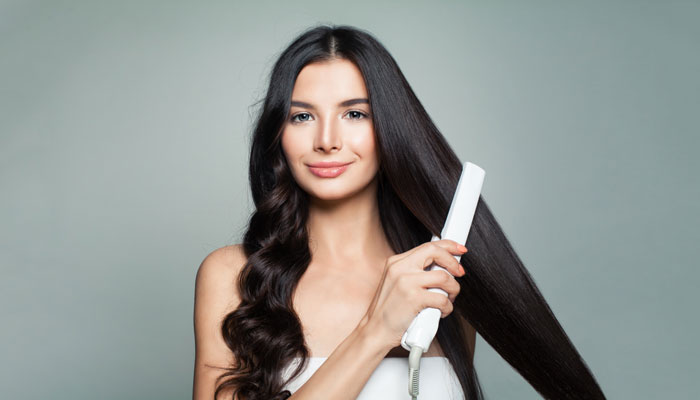
You can prevent hair breakage by reducing heat treatments and using the lowest heat setting. First, replace old hot tools regularly. The temperature control of the old heat tool was not effective. Try to let your hair air dry when possible. If you want to style, you can use the coldest setting, and air dry for the rest of the time.When looking for a hair straightener, choose ceramic plates. Ceramic heats evenly and doesn't burn your hair. Secondly, the use of heat styling tools on wet hair is strictly prohibited. This action will make the water inside the hair boil and cause breakage. Finally, if you need to perm your hair, heat-protecting hair gels or serums are necessary. They form a protective film that improves the hair's ability to withstand the heat. The heat protectant helps treat hair breakage.
#10 Get regular trims
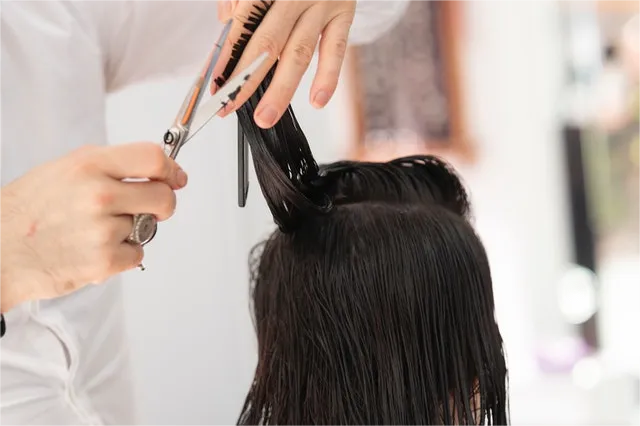
Regular haircuts can help stop hair breakage. Hair needs to be trimmed regularly to stay healthy. Just like you trim your nails and clean your cuticles every few weeks, hair should be trimmed every four to eight weeks. Doing so will remove dry and broken hair and prevent new hair from splitting due to lack of nutrients. If you wish to have long hair, you can leave it longer and then go for a gradual trim.
#11 Invest in good hair accessories

Hair accessories are very endearing things for girls. However, low quality hair accessories not only fail to be decorative, but also damage the hair. For example, bad hair ties are made of rough materials that can pull on the scalp and hair follicles, and can even cause traction alopecia. Recall, whether you often see hair stick to it when you take down the hair tie? That's it. Some hard and sharp clips, heavy diamond-encrusted hair bands and small elastic bands can inadvertently damage hair. So you need to carefully select high-quality accessories. Of course, you can also choose to wear a wig or a topper. It is not easily destroyed by hair accessories.
#12 Sleep on a Silk or Satin Pillowcase
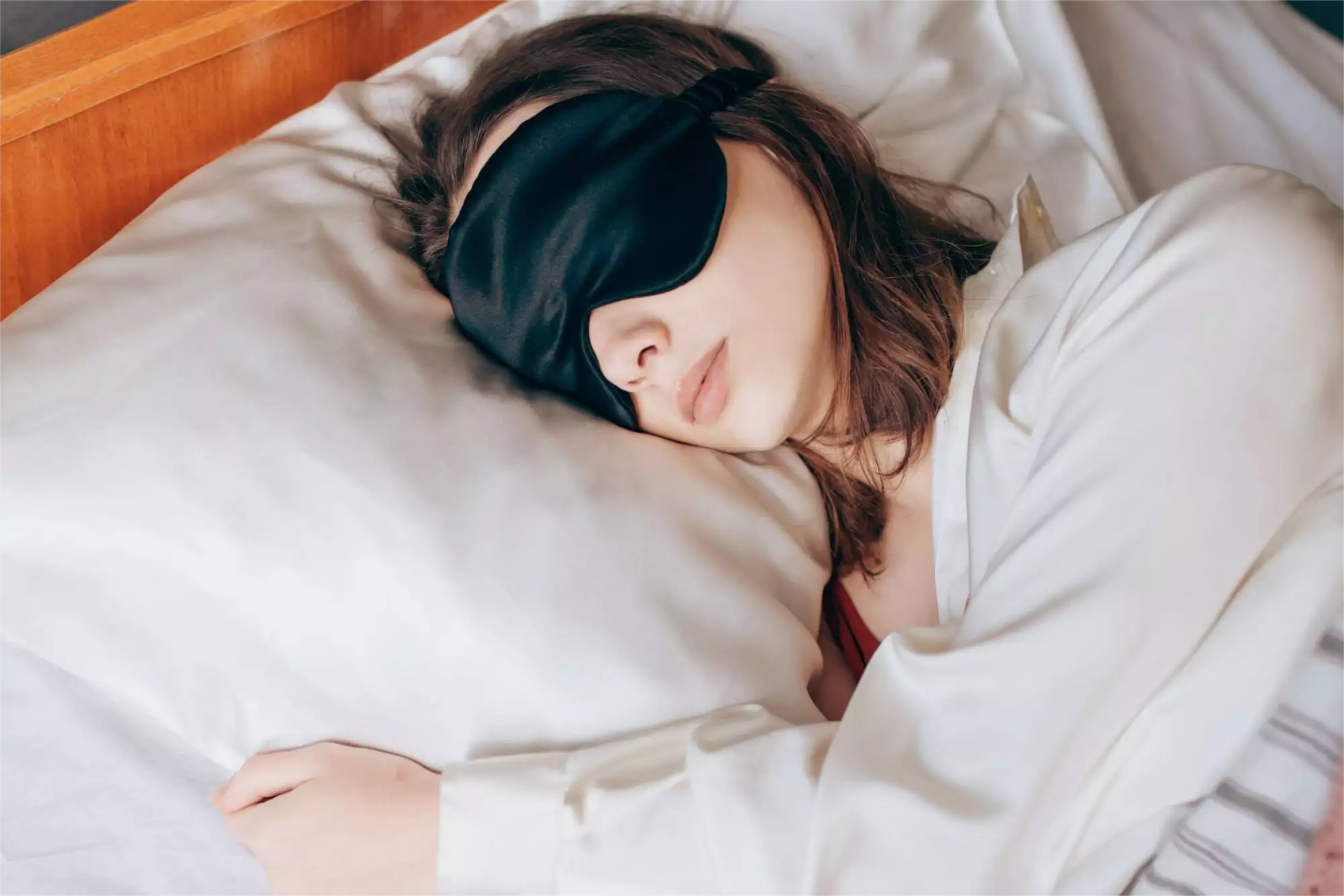
Silk and satin pillowcases have hair care benefits. These smooth fabrics are gentler on the hair and skin and can reduce frizz and breakage. Cotton pillowcases can be rough and cause friction on the scalp, even causing inflammation and increasing skin sensitivity. However, pillowcases made of silk and satin are less abrasive and do not absorb as much moisture from the hair as other fabrics. For people with sensitive scalps, this pillowcase's a great option. Moreover, since this fabric allows the hair to retain its natural oils, it is also an option for those who want their hair to be more supple.
#13 Be cautious with dying or bleaching
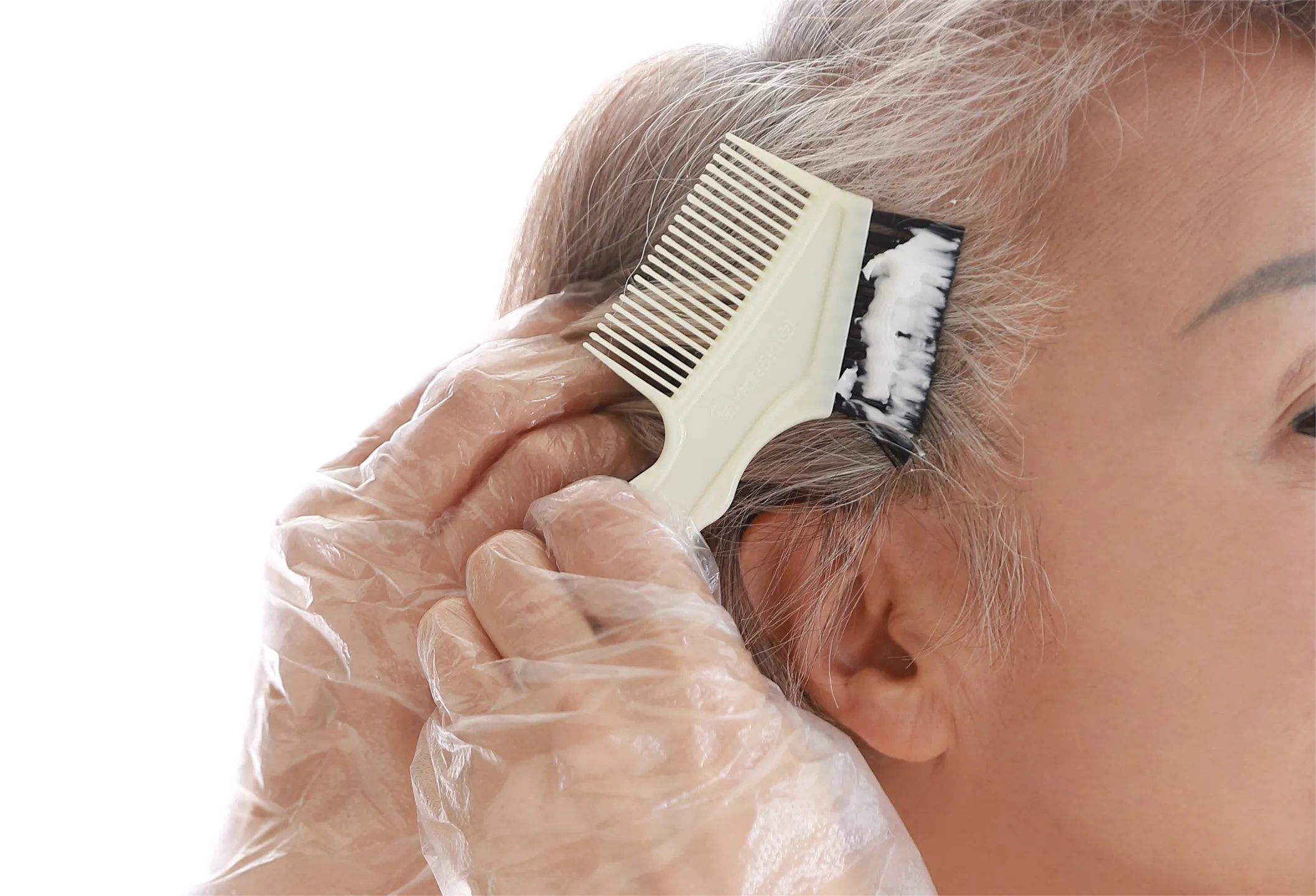
Minimize the number of times you color your hair. If you're keen on coloring your hair, have your colorist add enough conditioning ingredients to the dye to protect your hair during the coloring process. Avoid using permanent dyes, which can be more irritating to the scalp. A semi-permanent formula would be better. We recommend that you only dye the ends of your hair to reduce the area of your hair that will be stained with chemicals. Furthermore, you should not dye your hair more frequently than once every two months. To help counteract the adverse effects of frizz and brittle hair associated with chemical treatments , keep the fibers constantly hydrated.
Final Thoughts
Now that you understand the causes of hair damage and how to deal with it, make a hair restoration plan right away! You can consult us with any questions during the implementation of the plan. We are eager to discuss everything about hair with you!
In addition, we offer accessories like wigs and hair toppers (including those specifically designed for hair loss/alopecia and chemo). If you're experiencing hair loss, welcome to our hair loss community! Follow us and turn on your charm switch!
Images credit: Google, Pinterest, Instagram.
